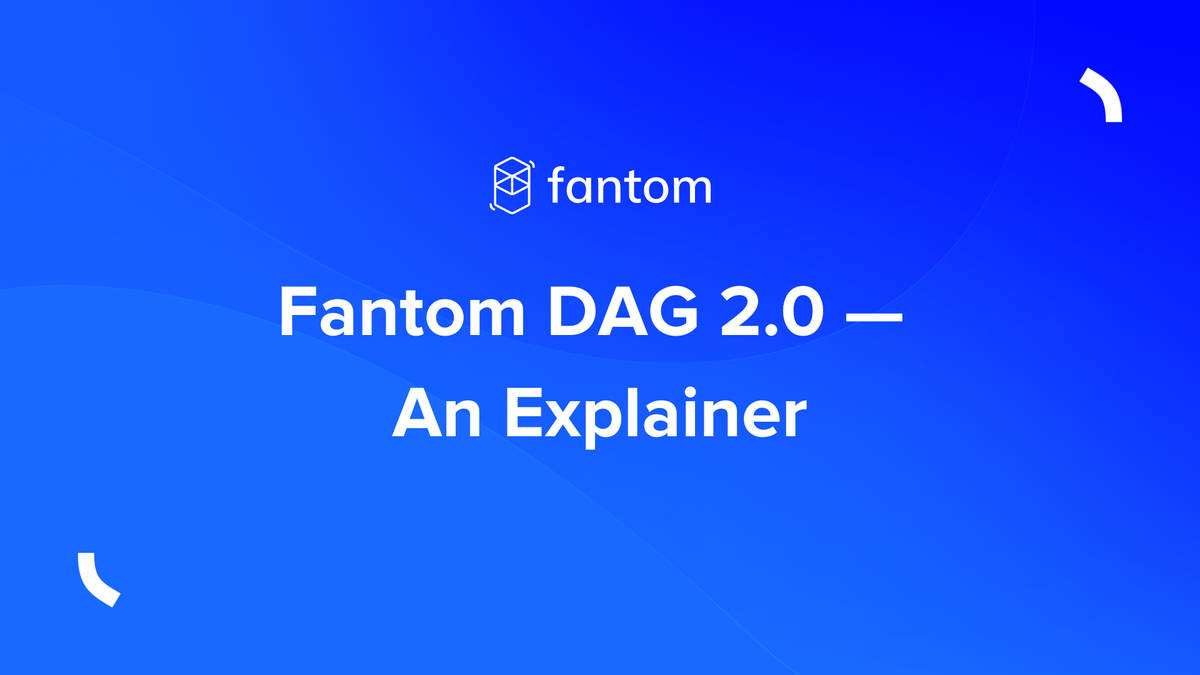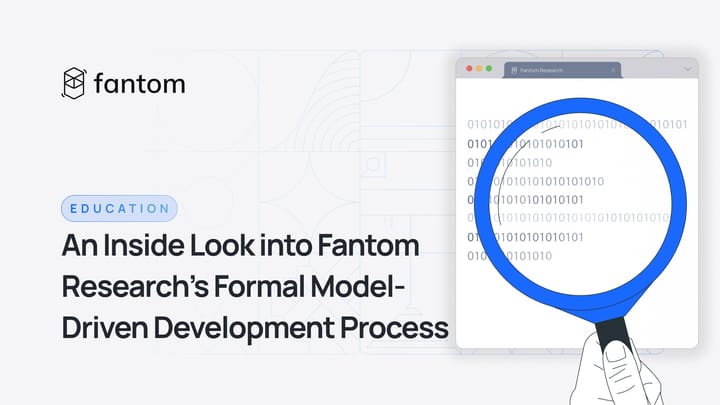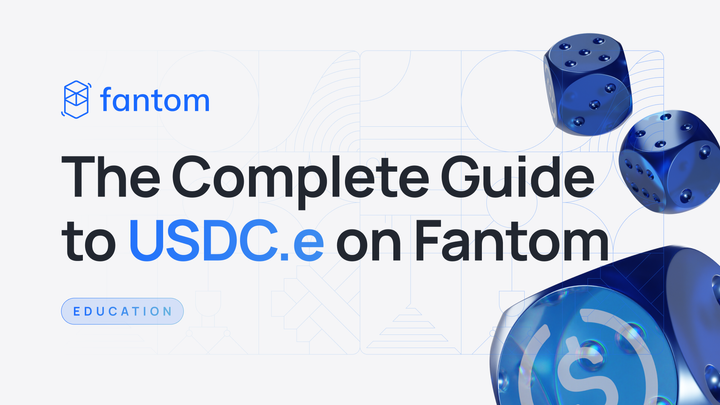Fantom DAG 2.0 — An Explainer

Fantom introduces a new DAG 2.0 model with its Lachesis consensus protocol.
If you're wondering how Fantom is so much faster than anything else you've experienced, it's partly because transactions are stacked in a DAG and approved simultaneously. The following are three key points to consider.
- Nodes create event blocks, which form a DAG.
- Fantom uses a DAG (of event blocks) and generates a blockchain (a chain of confirmed blocks).
- This means faster transaction propagation, event block generation, and confirmation.
Fantom’s model has several advantages over the traditional consensus approach, where nodes create and then confirm each block sequentially. In this scenario, blockchains have to wait as each event block is added. Fantom’s DAG 2.0, on the other hand, utilizes past event blocks (that are yet to be confirmed) so that more event blocks can be added quicker. They are conceptually stacked and then approved at once.
So, how does block confirmation work?
- When an Atropos event block is found, it will confirm transactions in the event blocks under Atropos’s subgraph. All of it is confirmed at once. Then a new block is created.
- This new block will include all event blocks in the Atropos’s subgraph that haven’t been confirmed previously. All the transactions of the newly confirmed event blocks are added into this new block.
- After each epoch, a new DAG is created in the new epoch. It consumes little resources and so there is little overhead.
- There is no state explosion as in other DAG 1.0 models.
Apart from being faster than other models, participating in the Fantom network is also more affordable and accessible. Because the DAG relies on transactions, it doesn't require mining or any of the expensive mining hardware associated with it.
This also ensures further decentralization and increased security: since no single miner can mine a whole block, it's not controlled by a particular validator.
In summary, Fantom is a DAG 2.0 + dPoS model that is more scalable and secure than its predecessors.
Interested in learning more? Check out the White Paper V2.0.
Come and build with us!



